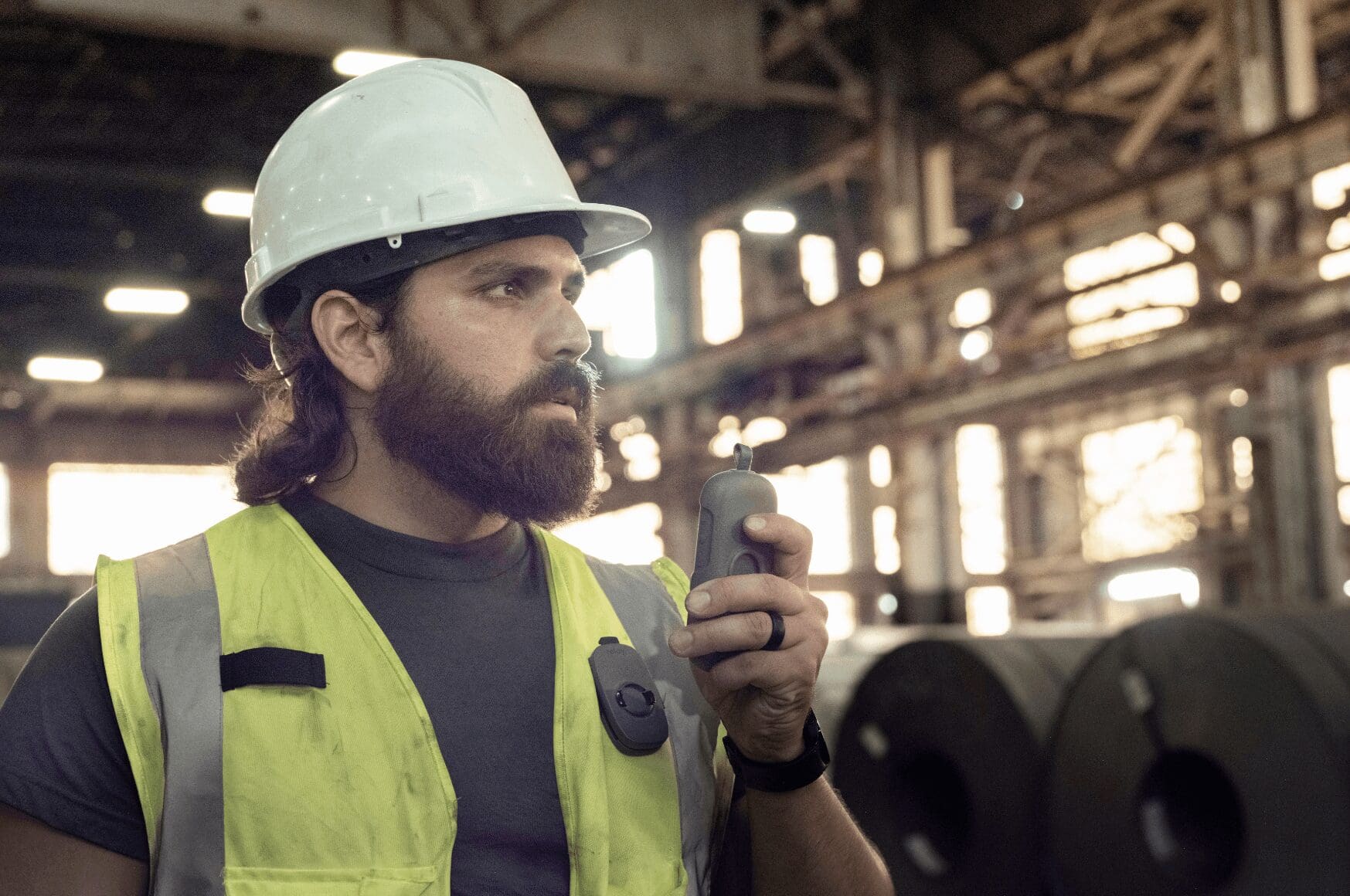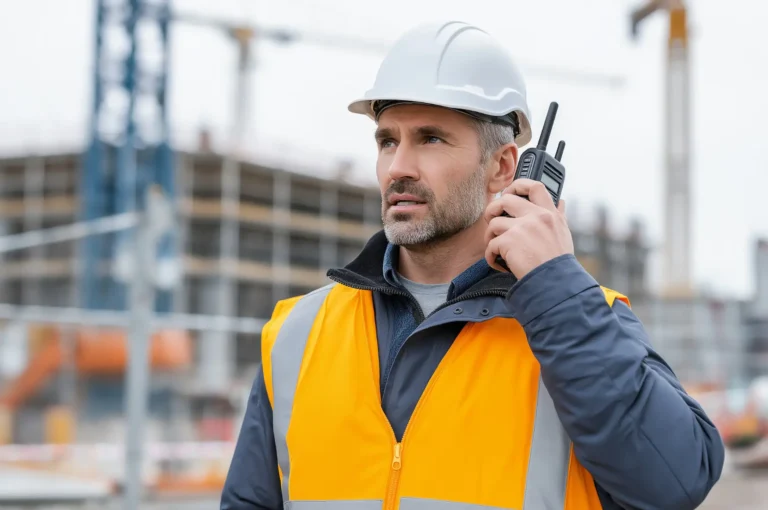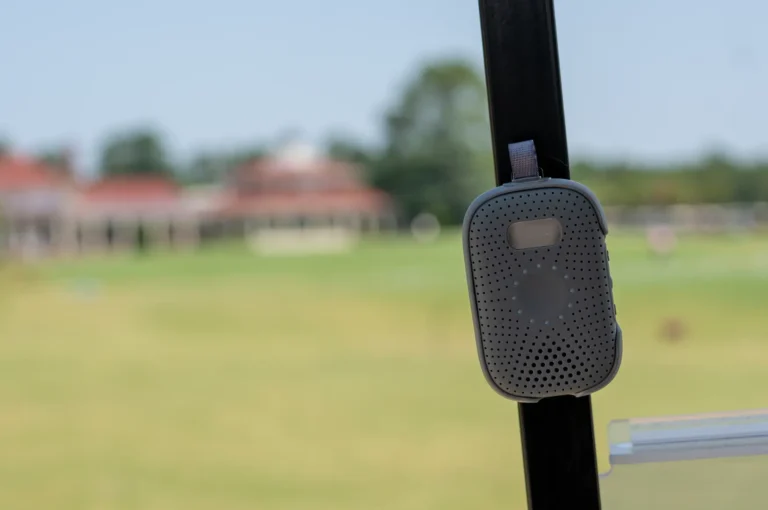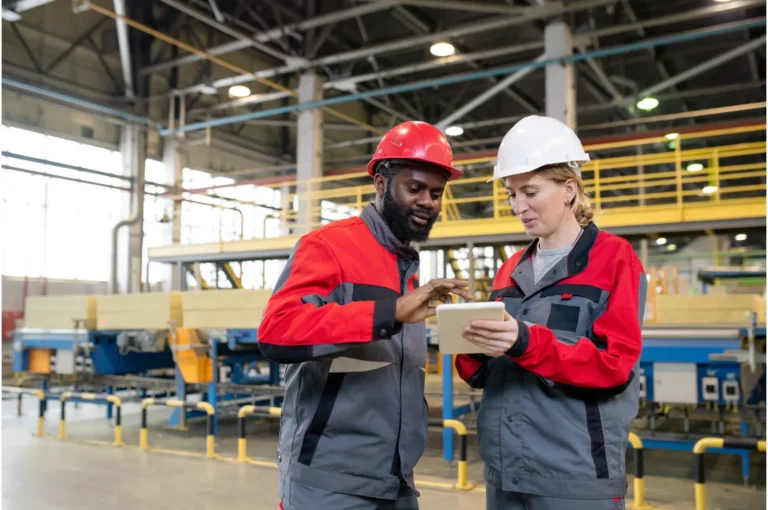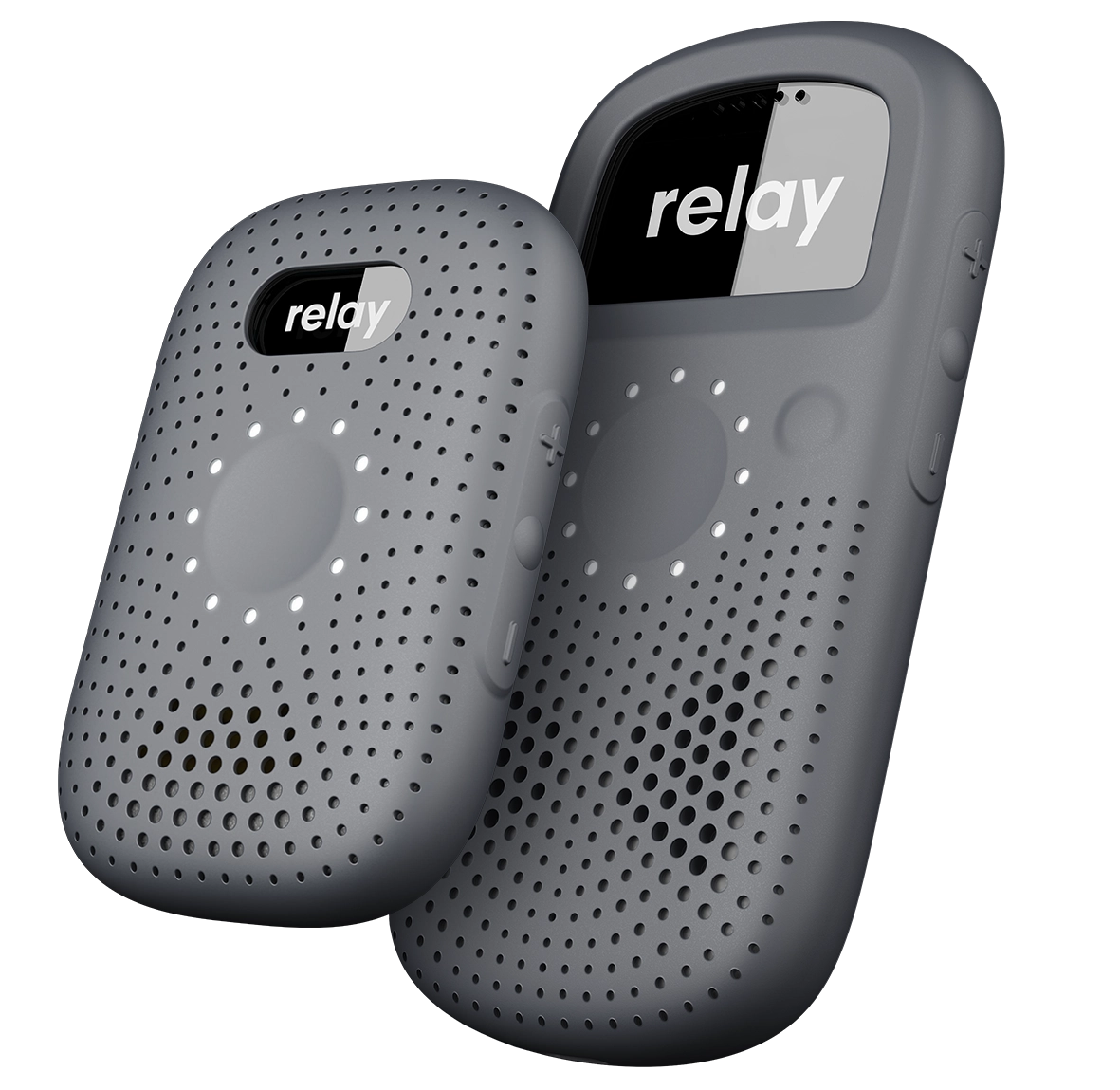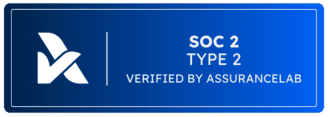In today’s fast-paced world, crystal-clear communication can make or break operations across countless industries, from manufacturing and warehousing to hospitality and healthcare. That’s where the trusty two-way radio shines, enabling seamless conversations no matter the distance. Whether you’re orchestrating a major event, directing a security detail, or overseeing a bustling construction site, the language you use matters.
Mastering walkie-talkie lingo, from basic phrases to complex codes, transforms your conversations, making them sharper, faster, and infinitely more effective. In this guide, we’ll walk you through everything you need to know from basic walkie-talkie talk for beginners to the professional radio talk codes used by experts in the field.
Why Do People Use Walkie Talkie Lingo?
When it comes to walkie-talkie communication, clarity and speed are everything. In noisy environments or during fast-paced operations, there is no time for lengthy explanations or misunderstandings. That’s why standardized walkie-talkie language, including codes, phrases, and key terms, was developed. It ensures that everyone on a channel can communicate quickly and clearly, even in high-pressure situations.
Structured radio language codes play a pivotal role in minimizing errors, providing a sense of control and security. Universal terms streamline operations, making it easier for staff to confirm instructions, report incidents, and coordinate with broader teams.
Common Walkie Talkie Terms and Phrases
Mastering basic walkie-talkie phrases is the first step toward sounding confident and professional over the radio. These phrases, such as ‘Over’ and ‘Roger’, form a universal language that bridges communication gaps across different industries.
- “Over”: I have finished speaking and await your reply. It’s to signal that it’s the other person’s turn to talk.
- “Roger”: Message received and understood.
- “Copy” or “Copy That”: I heard and understood your transmission.
- “Wilco”: Short for “Will Comply.” I have received the instruction and will act accordingly.
- “Say Again”: Please repeat your last transmission.
- “Standby”: Please wait; I will get back to you shortly.
- “Affirmative” / “Negative”: Yes / No.
- “Out”: Conversation is complete; no reply expected.
Using these key walkie-talkie phrases keeps communication clear and avoids the common pitfall of people talking over each other. It also fosters a level of professionalism that is critical for teams working together across multiple locations.
Essential Walkie Talkie Codes to Know
In addition to precise phrases, many teams use standardized walkie-talkie codes, particularly 10-codes, to maintain fast and efficient communication. These shorthand numbers enable users to convey information quickly and concisely without the need for lengthy explanations.
Many organizations customize these walkie-talkie number codes slightly to fit their specific needs, but the general idea remains the same: deliver critical information quickly and clearly.
Here are some of the most essential walkie-talkie code words and two-way radio codes to know:
- 10-1 — Poor reception / Signal weak
- 10-4 — Message received (Affirmative)
- 10-7 — Out of service / Not available
- 10-9 — Repeat last message
- 10-20 — Location (e.g., “What’s your 10-20?” = “Where are you?”)
- 10-33 — Emergency, urgent assistance needed

Pro Tips for Professional Walkie Talkie Communication
To improve your walkie-talkie communication skills, understanding the right words or codes is one part of the process, as is identifying the best situations to use them in.
We’ve included some essential pro tips to help you sound clear, confident, and professional every time you use a walkie-talkie:
- Keep it Short and Simple: Use concise sentences and eliminate unnecessary verbiage. Some traditional walkie-talkies have slight delays, so brief, direct messages work best.
- Pause Before Speaking: After pressing the talk button, wait a second before speaking to avoid clipping the first part of your message. (It’s a rookie mistake that even pros sometimes make!)
- Think Before You Talk: Know exactly what you want to say before hitting the transmit button. This keeps the channel clear and avoids confusion.
- Use Standardized Terms and Codes: Stick to standard walkie-talkie terms, codes, and phrases, such as “Over” and “Copy That,” to maintain clarity across teams.
- Mind Your Tone and Volume: Speak slowly, clearly, and with a calm tone. Shouting into a walkie-talkie makes your message less clear, not more.
- Acknowledge Every Message: Always reply with a simple “Copy,” “Roger,” or “Wilco” to confirm you received the transmission. It maintains professional communication and keeps loops closed.
- Master the Radio Alphabet: The radio alphabet is a standardized set of words used to represent letters in radio communication. Each word corresponds to a specific alphabet letter, ensuring that letters are communicated clearly
How Walkie Talkie Codes Differ by Industry
While the basics of walkie-talkie communication, such as saying “Over” or “10-4,” are fairly universal, different industries often adapt walkie-talkie codes and terminology to meet their specific needs.
Here’s a quick look at how language and style can vary across sectors:
- Security Teams: Security personnel often rely heavily on 10-codes and short status updates. Codes like “10-20” (location) and “10-33” (emergency) are crucial. You’ll also hear rapid check-ins, such as “All clear” or color codes, like “Code Red” that can be used depending on the threat level.
- Construction Sites: On construction sites, clarity and safety are top priorities. Walkie-talkie language often includes terms such as “Hold all traffic,” “Clear path on Route 2,” or specialized site-specific codes for equipment movement or hazardous conditions.
- Event Management: At concerts, festivals, or large events, speed and discretion are key. Event staff use a mix of walkie-talkie slang and standard phrases, such as “Go for [Name]” when answering, or “Code Yellow” for non-emergency incidents.
- Hospitality: In hotels or resorts, walkie-talkie talk is geared toward guest service. Staff often use discreet codes to avoid alarming guests, such as “Code 2” for maintenance issues or “Package at front” for a guest arrival.
- Emergency Services: Police, fire, and EMS use some of the most structured and regulated radio talk codes. Protocol is strict, with minimal slang and an emphasis on clarity to avoid life-threatening misunderstandings.
Clear, reliable walkie-talkie communication remains essential for teams that need fast coordination and minimal room for error. Learning the right lingo, codes, and etiquette ensures every message is delivered with clarity and confidence.
As communication needs evolve, modern tools like Relay offer teams a flexible alternative that builds on the strengths of traditional two-way radios. With redundant nationwide coverage, robust audio clarity and battery life, and smart features like location tracking and language translation, Relay helps teams stay connected and efficient, without the limitations of traditional two-way radios.
Learn more about Relay in our on-demand video demo center!

